NASA plans to test a catapult that can launch objects into space at 5,000 mph
NASA plans to test a catapult that can launch objects into space at 5,000 mph
Updated on April 14, 2022 16:06 PM by Ella Bina
Nasa could launch payloads into space
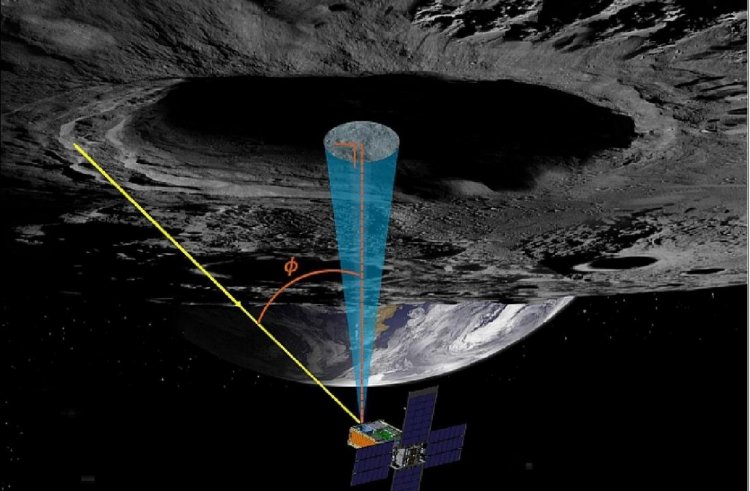
Nasa may soon be launching payloads into space using a novel launch technique that aims to improve space accessibility vastly.The US space agency teamed up with SpinLaunch, a California-based firm, to build a 'Suborbital Accelerator Launch System' to conduct the first orbital test flight in 2025.The launcher operates by rotating a carbon fiber arm at up to 8,000 km/h (5,000 mph) within a 91-meter diameter steel vacuum chamber.
At hypersonic speeds
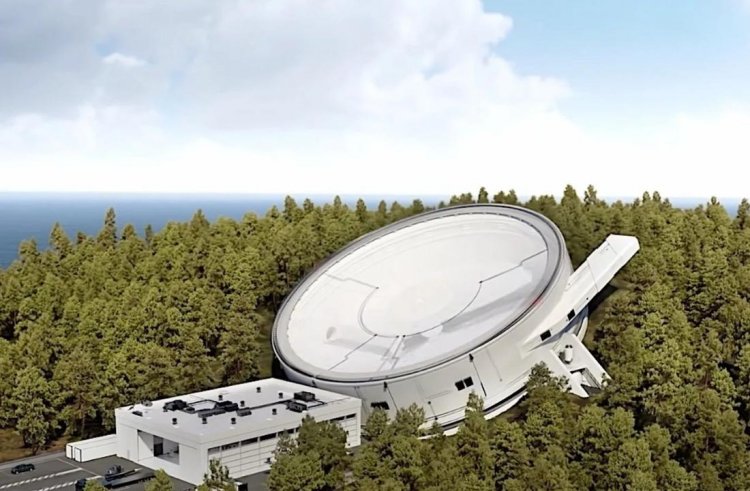
A launch vehicle carrying a satellite is propelled into the sky at hypersonic speeds, allowing it to reach orbit far faster than traditional rockets.The payload uses a modest amount of propulsion to give it the final push it needs to get into orbit.It does not require any fundamental advances in material science or new technologies, and it can be built with existing industrial machinery and readily available materials. If it succeeds, the cost of sending payloads into orbit will be drastically reduced.
Add Block
Jonathan Yaney, the company's founder, and CEO, says
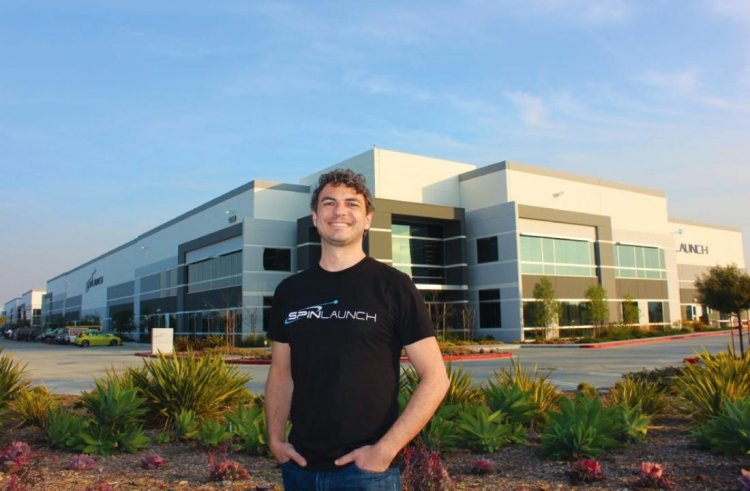
"SpinLaunch is providing a one-of-a-kind suborbital flight and high-speed testing service, and the recent launch deal with Nasa marks a major inflection point as SpinLaunch changes its focus from technological development to commercial offers,""What began as a novel idea to make space more accessible has evolved into a highly sophisticated and game-changing launch strategy."
In October 2021
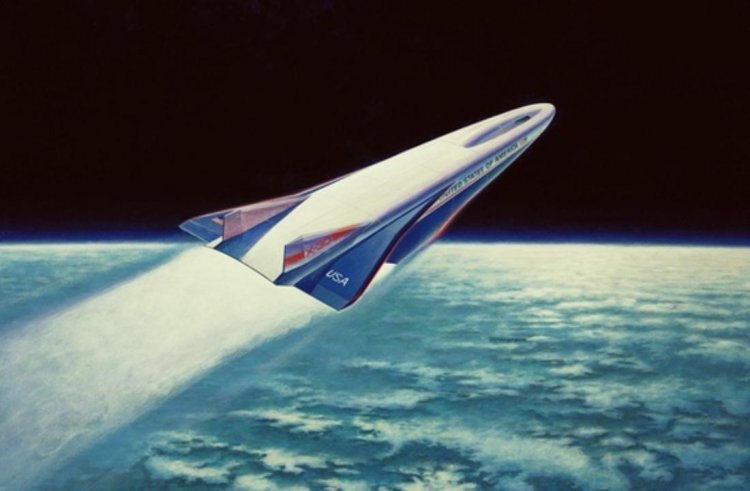
SpinLaunch launched its launch system for the first time from its testing facility in New Mexico, Spaceport America. Objects have been launched into the sky at speeds exceeding 1,600 kilometers per hour since then, but none have yet reached orbit.
SpinLaunch said in a statement
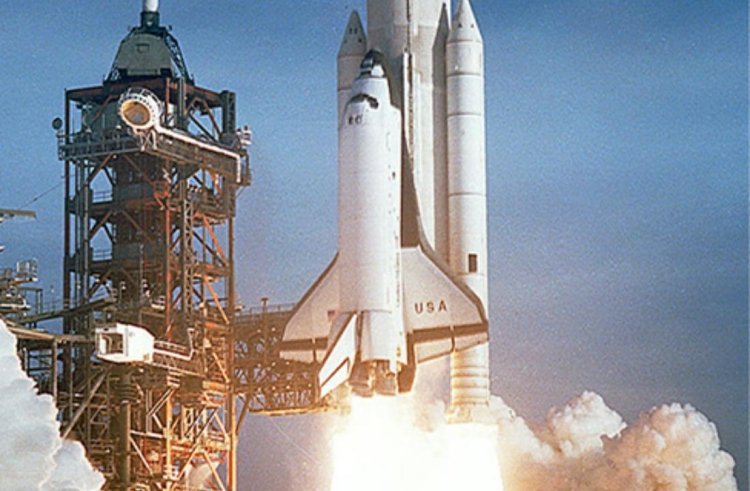
"Through these turnkey space solutions, SpinLaunch is assisting customers in overcoming the cost, time, and complexity constraints that now drive space-related business models, resulting in less priced, scalable access to space,"





